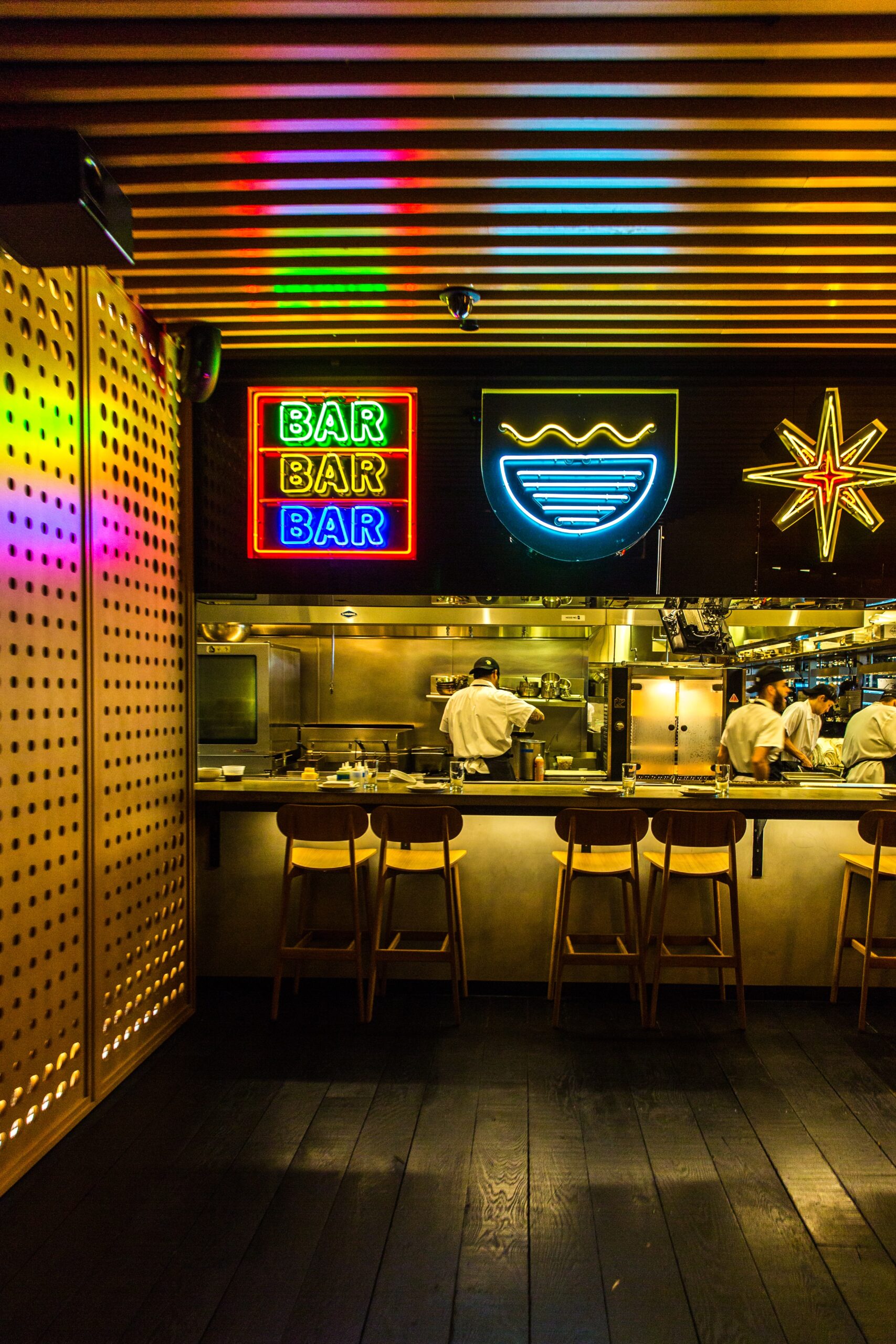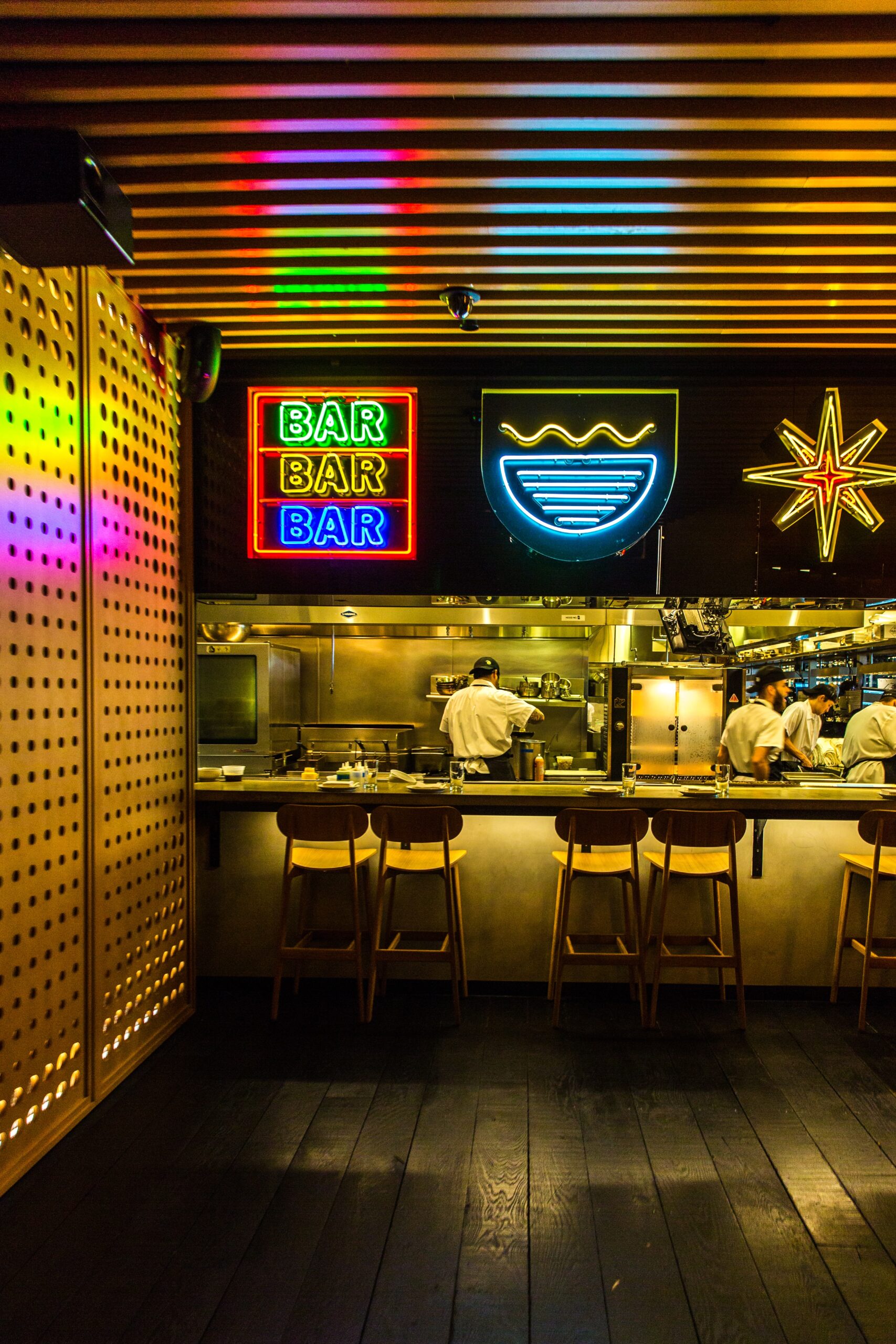
Did you know that with sous vide cooking, you can actually cook frozen food directly? Sous vide is a cooking technique that involves vacuum-sealing food in a bag and then immersing it in a precisely controlled water bath. This method is known for producing tender and perfectly cooked meals, and it turns out, it can work wonders with frozen ingredients too. In this article, we will explore the benefits and considerations of cooking frozen food directly using sous vide, providing you with a simple and hassle-free way to enjoy delicious meals straight from the freezer.
Benefits of Sous Vide Cooking
Precise temperature control
One of the key benefits of cooking with sous vide is the precise temperature control it offers. Sous vide machines allow you to set the exact temperature at which you want your food to cook. This ensures consistent and uniform results every time you cook. This precise temperature control also makes it easier to achieve the desired level of doneness for different types of food, such as rare, medium-rare, or well-done meats.
Retains moisture and flavor
Sous vide cooking is known for its ability to retain moisture and flavor in the food. When you cook food in a vacuum-sealed bag, it creates a sealed environment that prevents the loss of moisture. This means that whether you’re cooking a steak or vegetables, you can expect them to come out juicy and flavorful. The sealed environment also enhances the food’s natural flavors, as it allows the ingredients and seasonings to infuse into the food more effectively.
Enhances tenderness and texture
Another benefit of sous vide cooking is that it enhances the tenderness and texture of the food. The slow and gentle cooking process of sous vide breaks down the connective tissues in meats, resulting in tender and melt-in-your-mouth goodness. Additionally, because the food is cooked evenly at a consistent temperature, you won’t have to worry about overcooking or undercooking certain parts of the food. This ensures a consistent and pleasing texture throughout your meal.
Understanding Sous Vide Cooking
What is sous vide cooking?
Sous vide cooking is a method of cooking in which food is sealed in a vacuum-sealed bag and then cooked in a water bath at a precise and consistent temperature. The term “sous vide” comes from French and means “under vacuum.” This cooking technique was originally used by professional chefs but has now become accessible to home cooks with the availability of affordable sous vide machines.
How does it work?
To cook with sous vide, you’ll need a sous vide machine or an immersion circulator. The machine is used to heat and circulate the water in the cooking vessel, while the immersion circulator is a device that clips onto the side of a pot or container and regulates the water temperature. Once you’ve sealed your food in a vacuum-sealed bag, you simply place it in the water bath and set the desired temperature on the sous vide machine. The circulating water ensures that the food is evenly cooked throughout.
Ideal temperature range for sous vide
The ideal temperature range for sous vide cooking depends on the type of food you’re cooking and the desired level of doneness. For example, when cooking steak, a temperature range of 129°F to 135°F (54°C to 57°C) is ideal for medium-rare. Chicken breast, on the other hand, should be cooked at a higher temperature of 145°F to 150°F (63°C to 65°C) to ensure it is fully cooked and safe to eat. It’s important to consult sous vide cooking guides or recipes for specific temperature recommendations for different types of food.

Safety Considerations
Safe handling of frozen food
When cooking frozen food with sous vide, it’s important to handle it safely to prevent any foodborne illnesses. Always make sure to thaw frozen food properly before cooking it sous vide. This can be done by either thawing it in the refrigerator overnight or using the defrost function of your microwave. Thawing the food thoroughly ensures that it cooks evenly and reduces the risk of harmful bacteria growth.
Recommended thawing methods
Thawing frozen food in the refrigerator is the safest method as it allows for a slow and controlled thawing process. This method ensures that the food stays at a safe temperature during the thawing process. However, if you’re short on time, you can use the defrost function of your microwave. Just be sure to follow the manufacturer’s instructions on using the defrost function, as microwave powers and settings may vary.
Importance of proper food handling
Proper food handling is crucial when cooking with sous vide, especially when dealing with frozen food. Always wash your hands before and after handling food, and make sure to clean all surfaces and utensils that come into contact with raw or frozen food. It’s also important to avoid cross-contamination by using separate cutting boards and utensils for raw and cooked food. Following these safety practices will help minimize the risk of foodborne illnesses.
Cooking Frozen Food with Sous Vide
Advantages of cooking frozen food directly
One of the advantages of sous vide cooking is that you can cook frozen food directly without the need for pre-thawing. This can be a time-saving option, especially if you’re short on time or forgot to thaw the food in advance. Cooking frozen food directly with sous vide also helps to preserve the food’s quality, as it prevents the formation of ice crystals that can affect the texture and flavor.
Suitability of different types of frozen food for sous vide
Not all types of frozen food are suitable for cooking with sous vide. It’s important to consider the nature of the food and whether it will benefit from sous vide cooking. Meats, such as steaks or chicken breasts, are excellent candidates for sous vide cooking as they tend to retain their moisture and become tender. Vegetables can also be cooked sous vide, but they may need shorter cooking times to ensure they retain their crispness.
Best practices for cooking frozen food
When cooking frozen food with sous vide, it’s important to adjust the cooking time and temperature accordingly. Since the food is starting from a frozen state, it will require longer cooking times than if it were thawed. It’s best to refer to sous vide cooking guides or recipes for specific recommendations on cooking times for different types of frozen food. Additionally, always make sure to properly seal the food in vacuum-sealed bags to prevent any water from entering the bag.

Recommended Techniques
Pre-searing or post-searing frozen food
To achieve a delicious sear on your frozen food, you can either pre-sear or post-sear it. Pre-searing involves searing the food before placing it in the sous vide water bath. This can help develop a rich and flavorful crust on the food. On the other hand, post-searing involves searing the food after it has been cooked sous vide. This technique adds a crispy exterior to the food and enhances its presentation.
Adjusting cooking time and temperature
When cooking frozen food with sous vide, it’s important to adjust the cooking time and temperature to ensure that it is cooked to the desired level of doneness. As a general rule of thumb, you may need to increase the cooking time by approximately 50% to account for the frozen state of the food. Additionally, it’s important to monitor the internal temperature of the food using a digital thermometer to ensure it reaches the recommended temperature for food safety.
Using vacuum-sealed bags for frozen food
Using vacuum-sealed bags is essential when cooking frozen food with sous vide. The vacuum seal ensures that the food is protected from direct contact with the water, preventing any dilution of flavors or potential contamination. When sealing the bags, make sure to remove as much air as possible to create a tight seal. This will also help the food cook more evenly and efficiently.
Popular Frozen Food Recipes for Sous Vide
Sous vide frozen steak
Cooking a frozen steak sous vide can result in a perfectly cooked and tender piece of meat. To cook frozen steak sous vide, simply season the steak with salt, pepper, and any other desired seasonings. Place the seasoned steak in a vacuum-sealed bag and cook it in a preheated water bath at the recommended temperature for your desired level of doneness. After cooking, you can finish the steak with a quick sear on a hot skillet to enhance its presentation.
Sous vide frozen chicken breast
Sous vide is an excellent method for cooking frozen chicken breast as it ensures that the meat is fully cooked while remaining tender and juicy. To cook frozen chicken breast sous vide, season the chicken with your favorite spices or marinade, then seal it in a vacuum-sealed bag. Cook the chicken in the water bath at the recommended temperature until it reaches the appropriate internal temperature for chicken. Finish the chicken by searing it for a few minutes on each side for a golden-brown exterior.
Sous vide frozen vegetables
Sous vide cooking can also be used for frozen vegetables to retain their vibrant colors and crisp texture. Place the frozen vegetables in a vacuum-sealed bag and season them with olive oil, salt, pepper, and any other desired seasonings. Cook the vegetables in the water bath at a lower temperature than you would use for meats, around 183°F (84°C), for 10 to 15 minutes, or until they reach the desired tenderness. Once cooked, you can serve the vegetables as they are or quickly sauté them in a hot skillet for added flavor.

Tips for Optimal Results
Avoiding overcooking or undercooking
To avoid overcooking or undercooking your food when cooking sous vide, it’s important to follow the recommended cooking times and temperatures for each type of food. Using a reliable sous vide machine or immersion circulator that accurately maintains the desired temperature is also crucial. Additionally, regularly monitoring the internal temperature of the food with a digital thermometer will help you achieve the desired level of doneness.
Monitoring cooking times accurately
When cooking with sous vide, it’s important to accurately monitor the cooking times to achieve the desired results. This can be done by setting a timer or using a smartphone app that alerts you when the cooking time is up. It’s also helpful to keep a sous vide cooking guide or recipe book handy for reference on recommended cooking times for different types of food.
Seasoning and marinating frozen food
While sous vide cooking can enhance the natural flavors of food, it’s still important to season or marinate frozen food before cooking to add extra flavor. Seasoning the food with salt, pepper, herbs, spices, or marinades will enhance its taste and make it more enjoyable. Just make sure to season the food before sealing it in the vacuum-sealed bag to ensure the flavors penetrate the food evenly.
Safety Precautions
Using food-grade bags
When cooking with sous vide, it’s important to use food-grade bags that are specifically designed for sous vide cooking. These bags are made from materials that can withstand high temperatures without leaching harmful chemicals into the food. Make sure to read the packaging and ensure that the bags are suitable for sous vide cooking before using them.
Proper cooling and storage of leftovers
After cooking sous vide, it’s important to properly cool and store any leftover food to prevent bacterial growth. To cool the food, remove it from the water bath and place it in an ice bath or a refrigerator. Once the food has cooled, store it in airtight containers or resealable bags and refrigerate or freeze them promptly. Be sure to consume the leftovers within a few days or follow the recommended food storage guidelines for your specific location.
Avoiding cross-contamination
Cross-contamination is a concern in any kitchen, and it’s important to take precautions to avoid it when cooking with sous vide. Always use separate cutting boards and utensils for raw and cooked food to prevent the transfer of harmful bacteria. Clean and sanitize all surfaces and equipment that come into contact with raw or frozen food, and wash your hands frequently throughout the cooking process.

Common Mistakes to Avoid
Cooking frozen food without proper thawing
One of the common mistakes when cooking with sous vide is cooking frozen food without thawing it properly. Thawing frozen food ensures that it cooks evenly and reduces the risk of harmful bacteria growth. Always make sure to thaw your food using safe and recommended methods, as outlined earlier in this article, before cooking it sous vide.
Neglecting to adjust cooking parameters
Another mistake to avoid is neglecting to adjust the cooking time and temperature when cooking frozen food with sous vide. Since the food is starting from a frozen state, it will require longer cooking times to ensure it is thoroughly cooked. Adjusting the parameters will help you achieve the desired level of doneness and ensure the food is safe to eat.
Not properly sealing the bags
Properly sealing the bags is essential when cooking with sous vide. Inadequate sealing can result in water entering the bag, affecting the texture and flavor of the food. Make sure to remove as much air as possible from the bag before sealing it, and double-check for any leaks or gaps. Investing in a good vacuum sealer can help ensure a tight seal and prevent any potential problems.
Conclusion
Sous vide cooking offers numerous benefits for cooking frozen food. The precise temperature control, moisture retention, and enhanced tenderness and texture make it an appealing method for home cooks. By understanding the basics of sous vide cooking, including proper handling of frozen food, adjusting cooking parameters, and using recommended techniques, you can enjoy perfectly cooked frozen meals with minimal effort. So why not explore and experiment with new frozen food recipes using sous vide? With sous vide, you can enjoy convenient and delicious meals every time.



